According to the Global Economic Outlook for Q4 by the Institute of Chartered Accountants in England and Wales (ICAEW) and UK consultancy Oxford Economics, Southeast Asia's economic growth will reach 4.3% in 2023 and 4.2% in 2024 due to external and domestic challenges.
ICAEW and Oxford Economics said factors that reduced the region's growth forecast for 2024 include slowing global growth due to the impact from the US and Chinese economies, and a decline in private consumption.
However, Southeast Asia has shown strong economic momentum in Q3-2023, as improved trade conditions boosted GDP growth beyond expectations. Export growth in Singapore, Malaysia and Vietnam expanded from Q2 to Q3-2023. Singapore and Vietnam have both seen notable recoveries, and both markets remain important players in e-commerce.

In 2023, Vietnam emerged as the region’s leading exporter, amid a volatile global supply chain. Despite a slowdown in growth in 2023 and 2024 compared to the pre-Covid-19 average of 7%, Vietnam’s growth miracle is not over yet. Vietnam’s economy is forecast to grow by 5% in 2024 and rebound in the medium term. According to the Asian Development Bank (ADB) forecast, Vietnam’s economy will grow by 5.2% in 2023 and maintain at 6% next year.
Assessing Vietnam's economy in 2023, experts from ADB and the World Bank (WB) said that Vietnam has shown its steadfastness and readiness to weather the storm thanks to the driving force for recovery being exports, public investment disbursement and private consumption.
Trade protectionism and slowing Western economies pose challenges for Southeast Asia’s economies. However, several trade agreements, including the Regional Comprehensive Economic Partnership (RCEP), are expected to create solid foundations for expanding trade and investment in the region. Southeast Asian countries will remain attractive destinations for foreign direct investment (FDI).
According to ICAEW and Oxford Economics, rising FDI and shifts in manufacturing supply chains will provide Southeast Asia with leverage in the global trade recovery. The conversion of approved FDI into actual FDI will accelerate as external demand increases. Southeast Asian countries with large manufacturing and export bases and outstanding FDI approvals are likely to see larger gains. A strong export recovery will help widen trade surpluses, increase foreign exchange reserves and stabilize currencies in 2024. Southeast Asian central banks will ease monetary policy as inflation eases in 2024
According to the World Investment Report 2023 of the United Nations Conference on Trade and Development (UNCTAD), the factors that will boost growth in Southeast Asian countries are public investment and consumer spending, especially spending by international tourists to each country. In addition, the recovery in electronics and technology exports will further improve the growth prospects of countries in the region. Inflation is expected to continue to decline in 2024 and remain within the comfort zone of most Southeast Asian central banks. Inflation in ASEAN-6, including Vietnam, Indonesia, Malaysia, the Philippines, Singapore and Thailand, is forecast to decrease from 3.6% in 2023 to 3% in 2024 and 2.8% in 2025.
THANH HANG
Source


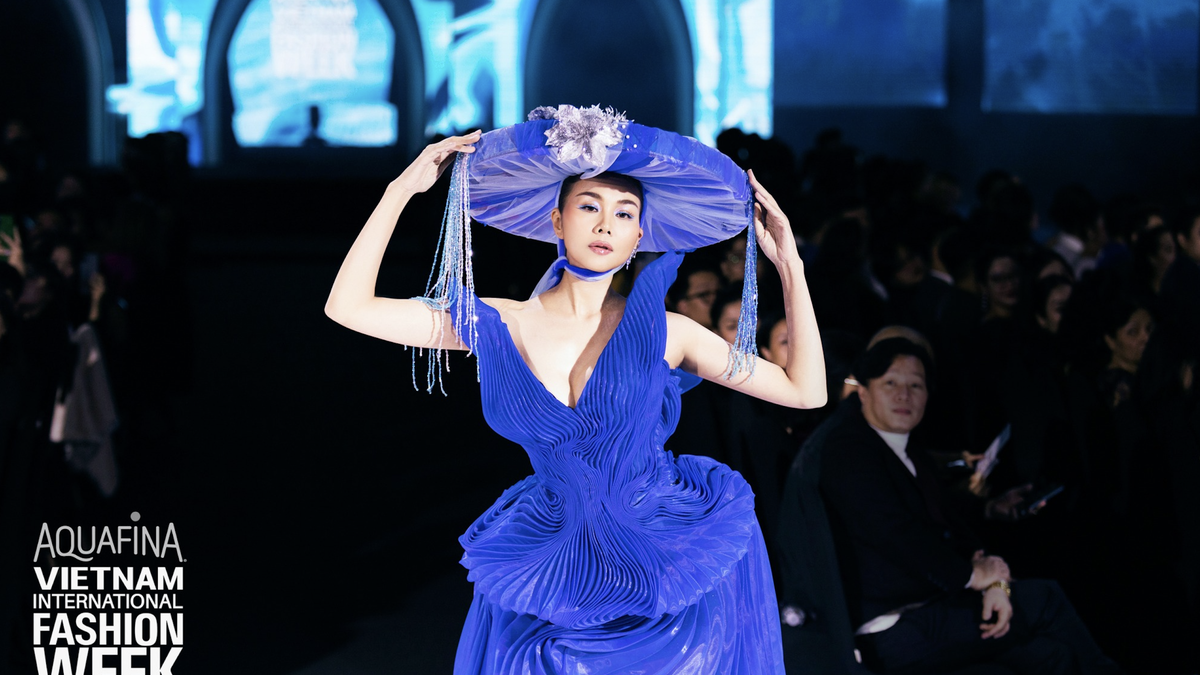


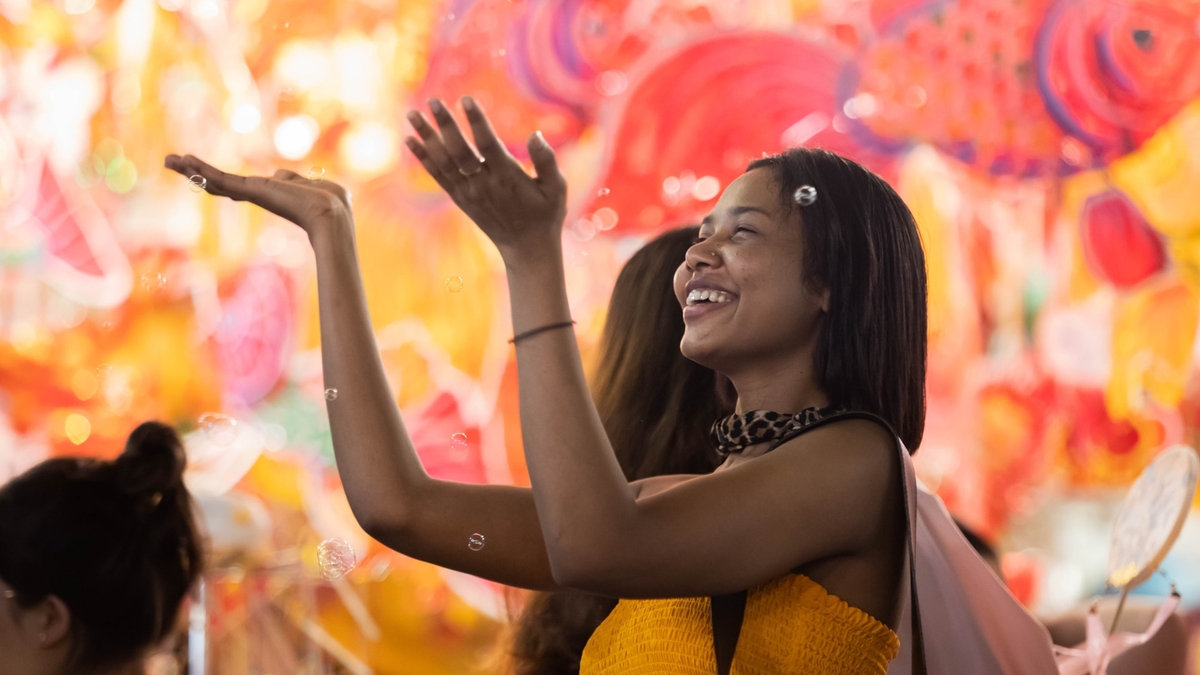
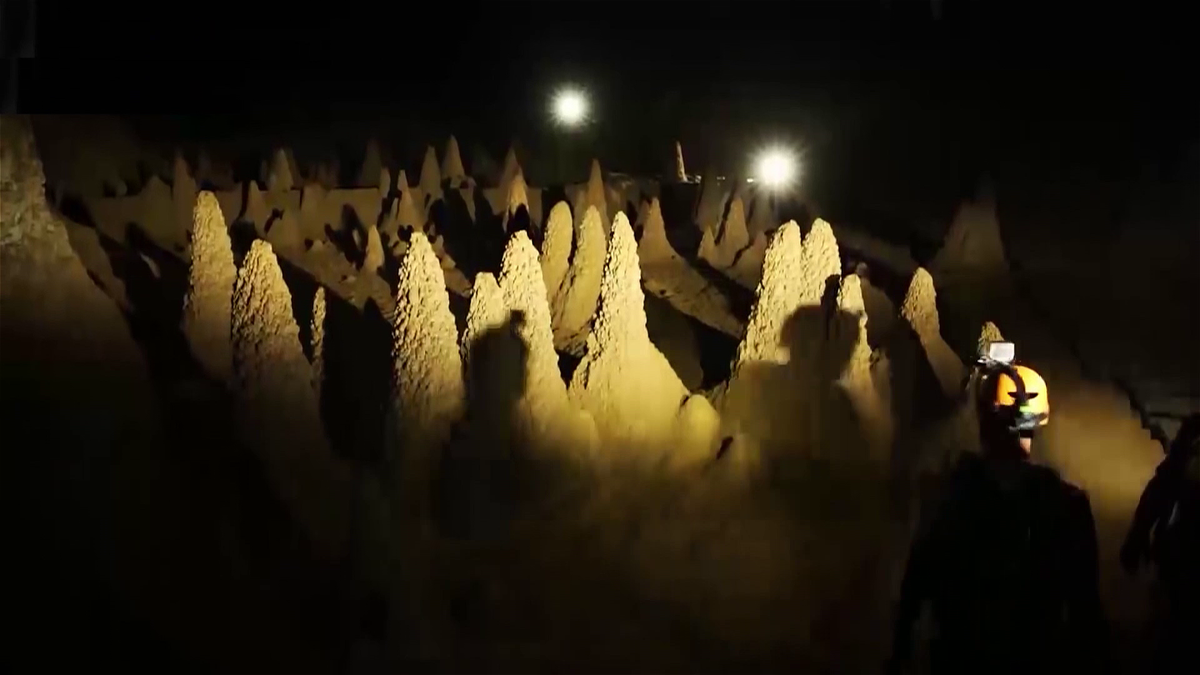
![[Photo] Prime Minister Pham Minh Chinh launched a peak emulation campaign to achieve achievements in celebration of the 14th National Party Congress](https://vphoto.vietnam.vn/thumb/1200x675/vietnam/resource/IMAGE/2025/10/5/8869ec5cdbc740f58fbf2ae73f065076)




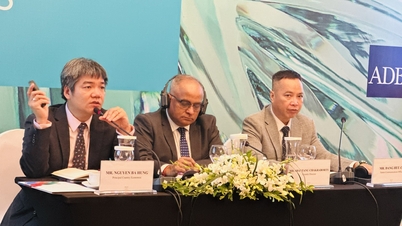








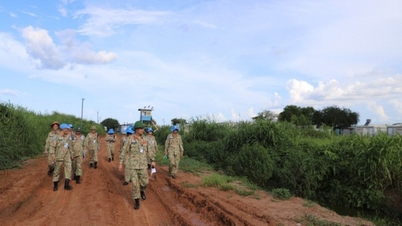
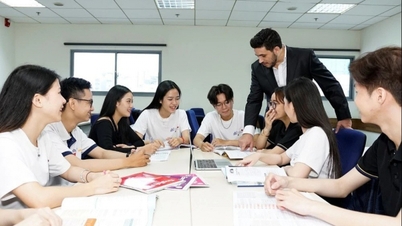











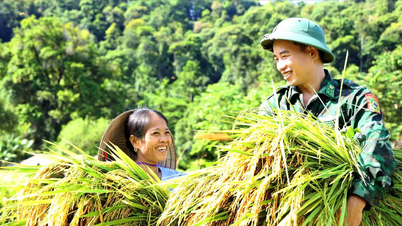

![[Photo] Bustling Mid-Autumn Festival at the Museum of Ethnology](https://vphoto.vietnam.vn/thumb/1200x675/vietnam/resource/IMAGE/2025/10/4/da8d5927734d4ca58e3eced14bc435a3)

























![[VIDEO] Summary of Petrovietnam's 50th Anniversary Ceremony](https://vphoto.vietnam.vn/thumb/402x226/vietnam/resource/IMAGE/2025/10/4/abe133bdb8114793a16d4fe3e5bd0f12)

![[VIDEO] GENERAL SECRETARY TO LAM AWARDS PETROVIETNAM 8 GOLDEN WORDS: "PIONEER - EXCELLENT - SUSTAINABLE - GLOBAL"](https://vphoto.vietnam.vn/thumb/402x226/vietnam/resource/IMAGE/2025/7/23/c2fdb48863e846cfa9fb8e6ea9cf44e7)



































Comment (0)